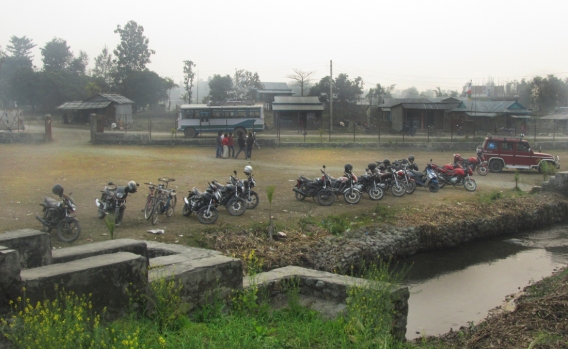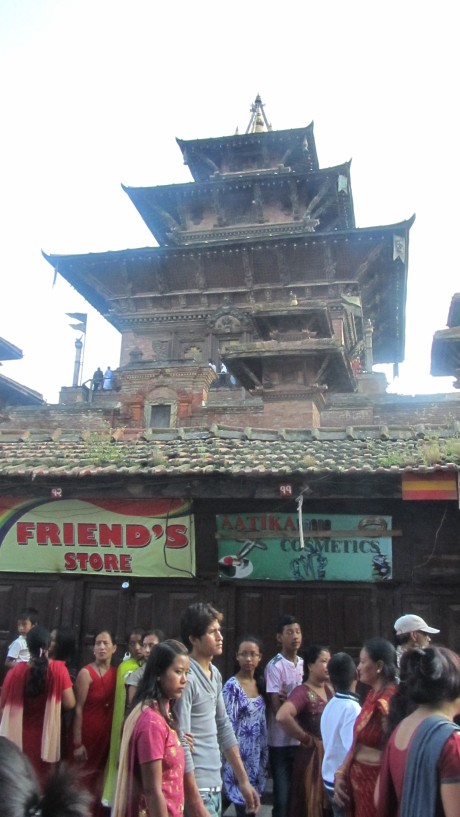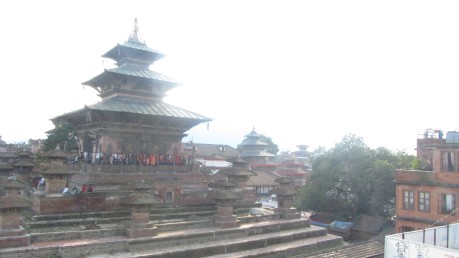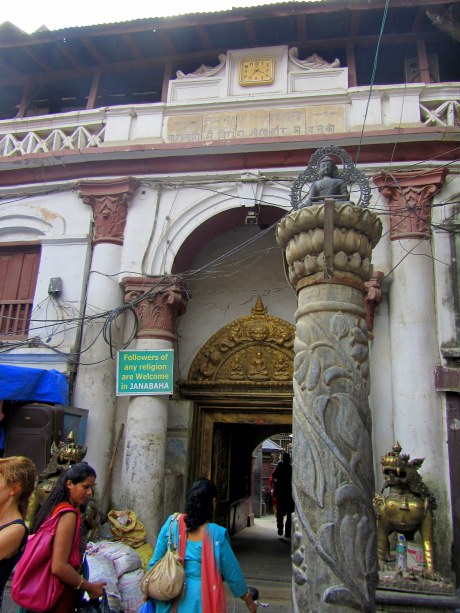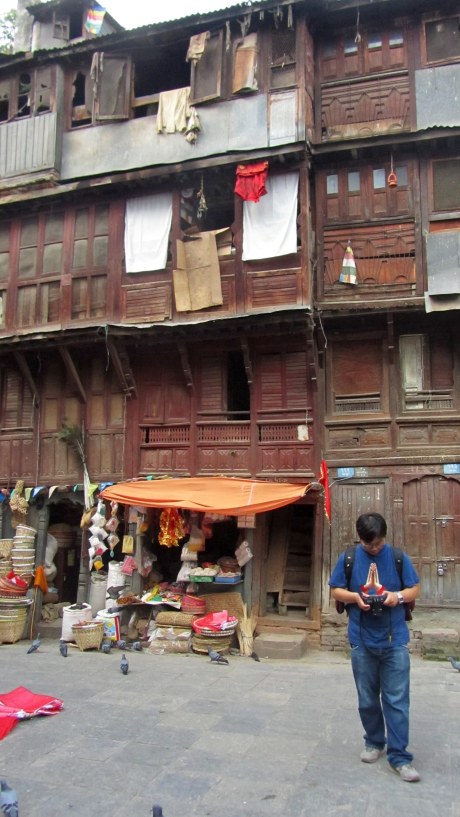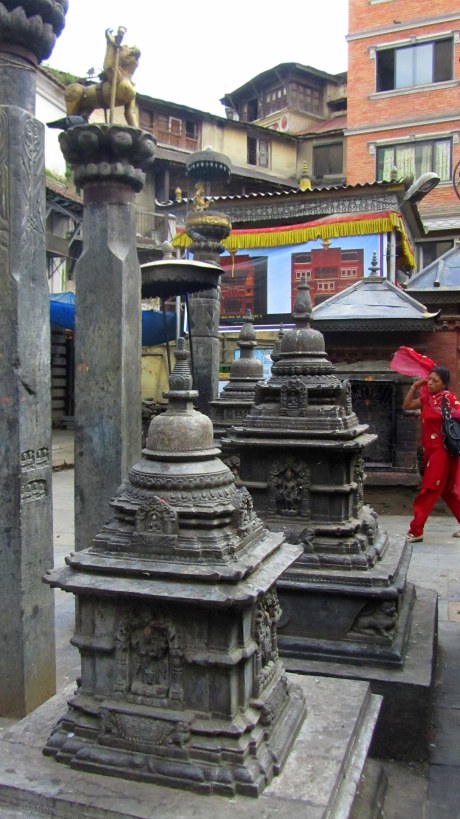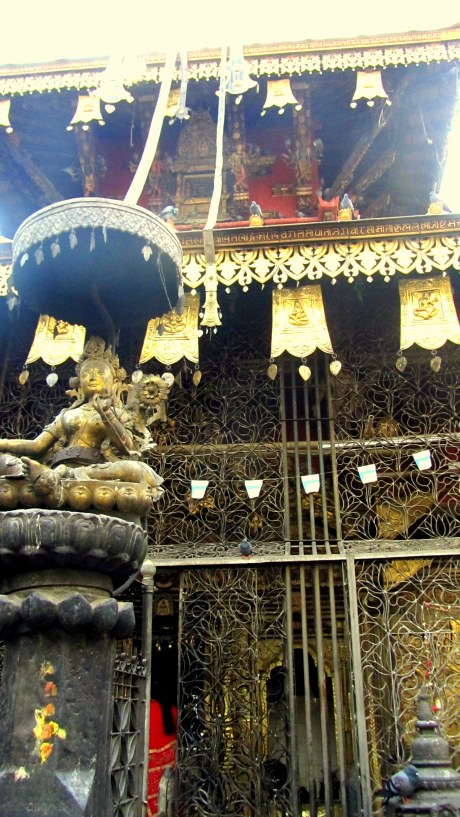Tal Talaiya is another watershed that has been converted into a popular picnic spot, much like Betana. Located on the fringes of Itahari, the crossroads of Eastern Nepal as all roads lead to Itahari here in the East, it is the starting point if one wants to get anywhere in the East.

All Roads Lead to Itahari (from Google Maps)
Tal Talaiya has struck a chord with the locals, in a place where picnics and parties seem to be synonymous. During my visit to Tal Talaiya, it all looked and sounded like a big party with several loudspeakers playing loud Hindi music and people drinking and dancing. An entire ecosystem of hotels, restaurants and mini-grocery stores revolves around the subculture of partying on the territory of Mother Nature. In addition, Tal Talaiya itself has a wonderful ecosystem of its own, several species of birds and animals, which to be witnessed, will require one to divorce himself from the partyanimals at the heart of the Tal Talaiya and makes his way into the wild.

